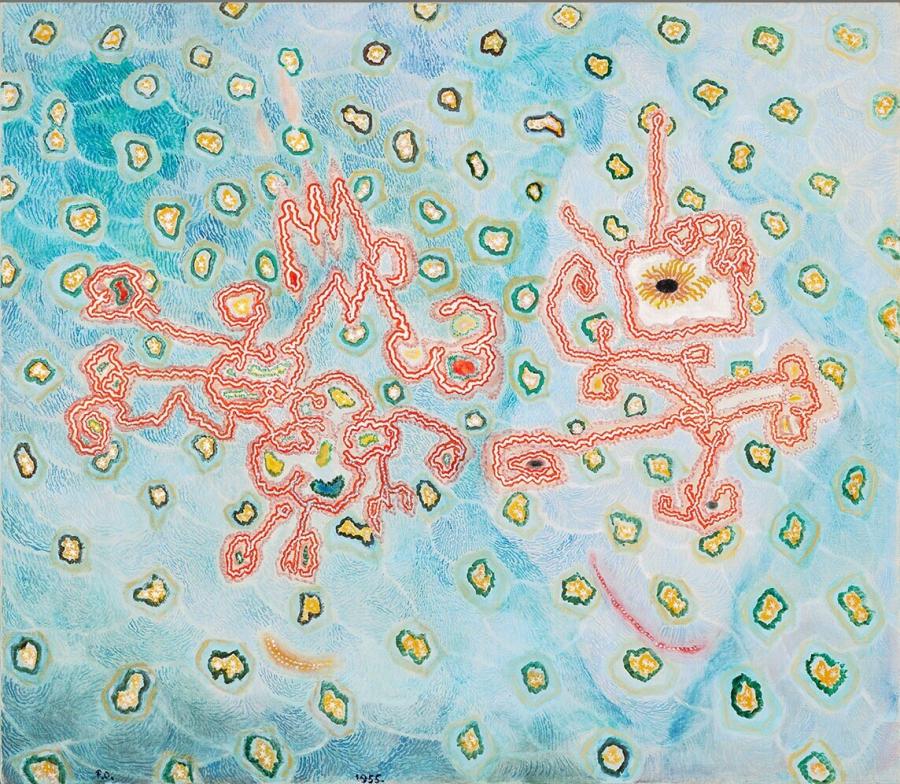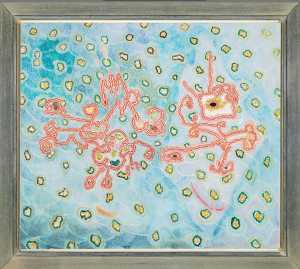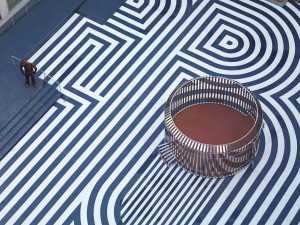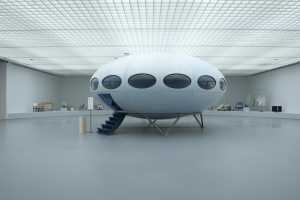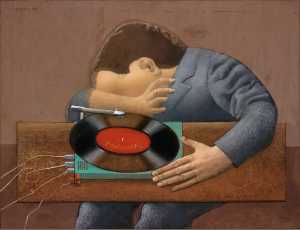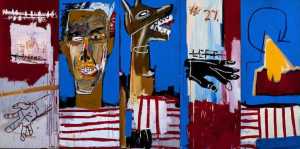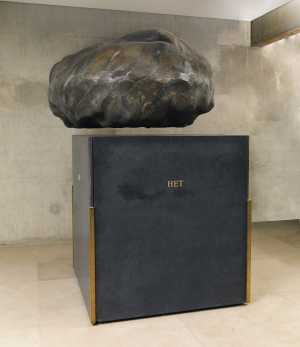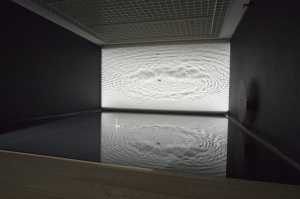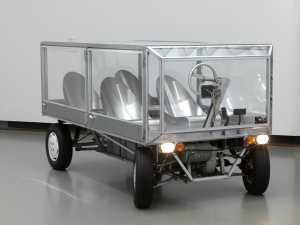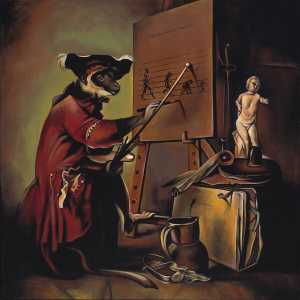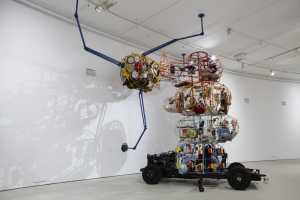Specifications
| Title | Symbols in the Infinite |
|---|---|
| Material and technique | Oil on canvas |
| Object type |
Painting
> Painting
> Two-dimensional object
> Art object
|
| Location | This object is in storage |
| Dimensions |
Height 99,4 cm Width 103,7 cm Depth 2 cm |
|---|---|
| Artists |
Artist:
Piet Ouborg
|
| Accession number | 3581 (MK) |
| Credits | Purchased with funds from the estate of Mrs N.C. van Riemsdijk-Borsje |
| Department | Modern Art |
| Acquisition date | 2007 |
| Creation date | in 1955 |
| Provenance | E. Ouborg-Spruitenburg, The Hague; Christie’s Amsterdam, 4 December 2007, lot. 114 |
| Exhibitions | São Paulo 1985; Dordrecht 1993-94 |
| Internal exhibitions |
Collectie - surrealisme (2017) |
| External exhibitions |
Boijmans bij de Buren - REMIX ROTTERDAM, Boijmans X Wereldmuseum (2020) Dalí, Magritte, Man Ray and Surrealism. Highlights from Museum Boijmans Van Beuningen (2023) A Surreal Shock. Masterpieces from Museum Boijmans Van Beuningen (2023) |
| Research |
Show research A dream collection - Surrealism in Museum Boijmans Van Beuningen |
| Literature | São Paulo 1985, p. 8 |
| Material | |
| Object |
Do you have corrections or additional information about this work? Please, send us a message







